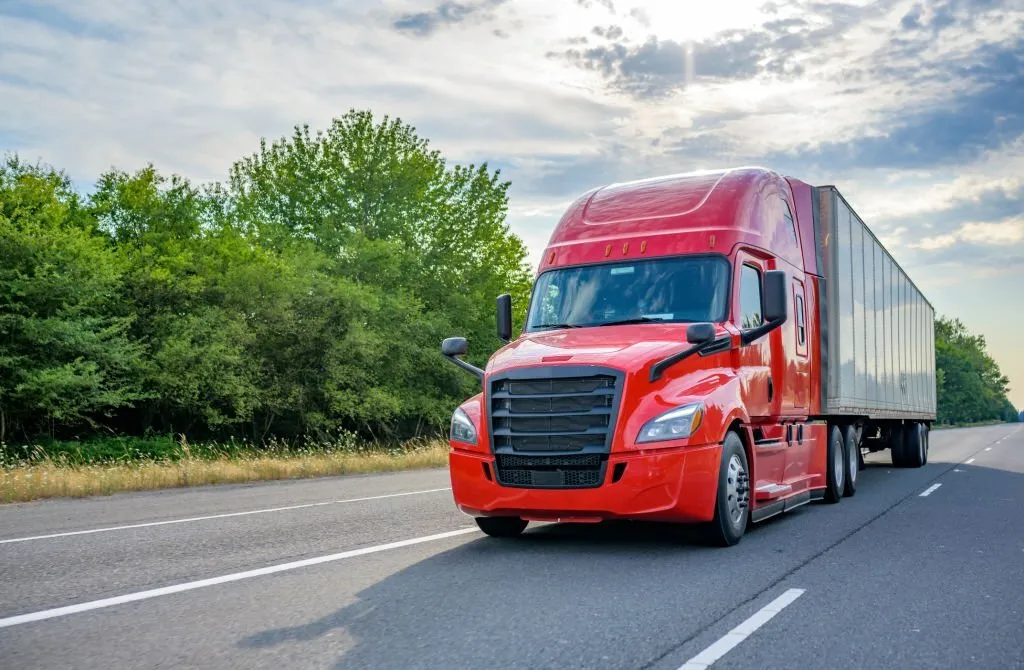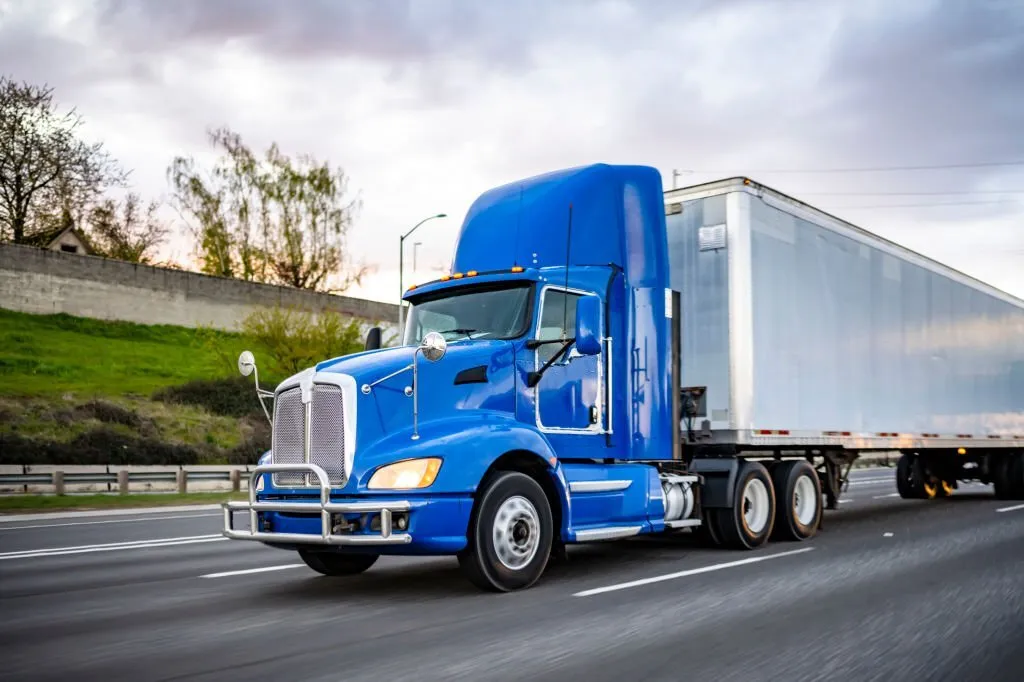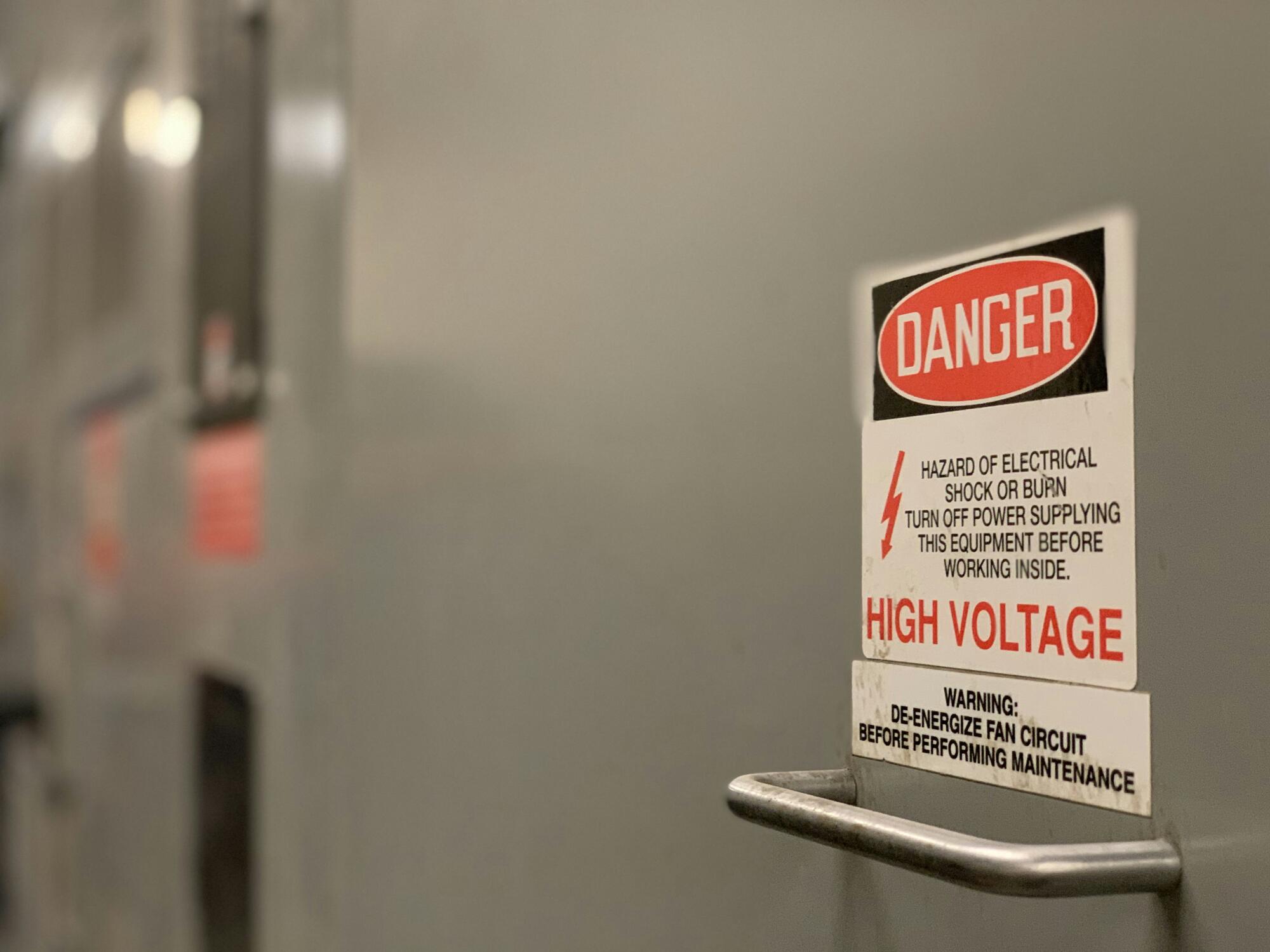Table of Contents
This comprehensive guide explores Spoiler on a Truck, explaining what they are, their purposes and benefits, types and materials, design variations, and legal considerations for installing one on your pickup.
Have you seen large raised spoilers on pickup trucks and wondered what purpose they serve? Truck spoilers may seem purely aesthetic, but they can provide some functional benefits as well. This article will explore everything you need to know about Spoiler on a Truck, from their design and materials to their benefits and legalities.
What is a Spoiler on a Truck?
A spoiler on a truck refers to an aerodynamic device mounted on the rear of a pickup truck. It is designed to help manage airflow over the truck to reduce drag and increase downforce. Truck spoilers are often raised or angled pieces that protrude upward from the bed or tailgate of the truck. They come in various shapes, sizes, and materials.
Spoilers on trucks serve to redirect airflow in specific ways to improve the truck’s performance. They act as small wings, using the physics of aerodynamics to exert downforce on the rear axle. This improves high-speed stability and handling. Spoilers also help smooth out turbulent air behind the cab, reducing drag.
Why is Spoiler on a Truck?
| Reason | Explanation |
|---|---|
| Improved Aerodynamics | Spoilers smooth airflow over the truck, reducing turbulence and drag. This increases fuel efficiency. |
| Added Downforce | The angled design pushes down on the rear axle, assisting traction and control at high speeds. |
| Customized Style | Spoilers give trucks a performance look and allow owners to customize the appearance. |
Purposes of Truck Spoilers
There are two main purposes truck spoilers aim to achieve:
- Improved aerodynamics – Spoilers redirect airflow more smoothly over the truck, reducing turbulence behind the cab. This lowers drag and wind noise, improving efficiency and stability.
- Increased downforce – Angled upward, spoilers create downforce on the rear axle. The increased grip helps with handling, traction, and high-speed control.
While form usually follows function with truck spoilers, they also provide a stylistic upgrade. Their raised, angled shape gives trucks an eye-catching, performance look.

Types of Truck Spoilers
There are two main categories of truck spoilers:
Factory Spoilers
Some truck manufacturers offer spoilers directly from the factory. These integrate seamlessly into the truck design. Factory options include:
- Painted color-matched spoilers
- Low-profile designs for certain models
- Spoilers incorporated into tailgate styling
Factory spoilers offer a sleek OEM look. However, choice is limited compared to aftermarket offerings.
Aftermarket Spoilers
The aftermarket provides a huge range of universal or custom-fit truck spoilers. These include:
- Universal-raised spoilers made to fit most trucks
- Custom designs for specific truck makes/models
- Options like LED lights integrated into the spoiler
Aftermarket spoilers allow for more dramatic, personalized looks. You can get a spoiler tailored to your truck’s dimensions too.
Materials Used for Truck Spoilers
Truck spoilers are constructed using durable, lightweight materials like:
Fiberglass
Fiberglass is affordable and can be molded into any shape while resisting dents/damage. It’s a popular spoiler material that offers flexibility in design.
Aluminum
Aluminum spoilers provide a shiny polished look when new. This lightweight metal is easily formed into appealing spoiler shapes. Click to read here about trucking companies in Laredo TX.
Carbon Fiber
Carbon fiber is a high-end material prized for strength and very low weight. It’s often seen on race cars, but some carbon fiber truck spoilers are available.
Each material has advantages depending on the desired qualities, durability, and budget.

Spoiler Design and Shape
Two common design varieties for truck spoilers include:
Raised Spoilers
These prominent spoilers stand tall from the tailgate or roofline. They make the boldest styling statement and provide maximum downforce.
Low-Profile Spoilers
As the name suggests, these spoilers hug closer to the bodywork. They offer more subtle styling with some functional aerodynamic benefits.
Shape preferences mainly come down to personal taste. But size and height impact the spoiler’s effects. Bigger spoilers equal more downforce and drag reduction at speed.
Spoiler Placement on Trucks
Truck spoilers are most often mounted right on the tailgate. But some other placement options include:
Tailgate Spoilers
Attaching a spoiler to the top edge of the tailgate is the most common placement. Tailgate designs span subtle low-profile types to large raised wings.
Roof Spoilers
Some choose to install a spoiler on the roof, near the rear window. Roof spoilers get good airflow and minimize visual obstruction.
Placement will depend on factors like truck model, spoiler design, and visual preference.
Benefits of Adding a Spoiler to Your Truck
Though often seen as purely cosmetic, truck spoilers can provide some helpful benefits:
Improved Aerodynamics
Spoilers smooth airflow over the cab and bed, reducing turbulence and drag. This can improve fuel economy and stability.
Enhanced Styling
A well-designed spoiler gives trucks an athletic, customized look. It adds visual interest to the rear end.
Increased Downforce
Downforce pushes the rear tires into the road, assisting traction and control. This is useful for handling and high-speed driving.
The advantages depend on the spoiler design and size. Subtle varieties mainly offer aesthetic appeal, while large wings provide more performance benefits.
Things to Consider Before Getting a Truck Spoiler
Like any truck upgrade, it is smart to weigh some factors before committing to a new spoiler:
Cost
Aftermarket truck spoilers vary widely in price from around $100 to the thousands. Consider your budget and the quality you want.
Maintenance
Spoilers add another area needing occasional cleaning and protection. Ensure you have time to keep it looking its best.
Functionality Needs
Analyze if you really need the aerodynamic benefits before getting a large, raised spoiler solely for show.
Think about your goals, finances, and dedication to care before deciding on a truck spoiler installation.
Installing a Truck Spoiler
You have two options for attaching a spoiler to your truck:
Professional Installation
Most auto body and accessory shops can expertly install a truck spoiler. This ensures proper mounting and alignment.
DIY Installation
Mechanically inclined truck owners could opt to mount the spoiler themselves following the included directions. Some drilling is usually required.
Consider your skills and tools before deciding on professional versus DIY spoiler mounting.

Caring for Your Truck Spoiler
Like any accessory, spoilers require some periodic care and maintenance:
Washing and Waxing
Clean the spoiler when washing your truck, using automotive soap. Apply fresh wax every few months to protect the finish.
Repairing Damage
Touch up any stone chips or scrapes with finish paint to prevent rust or cracks from forming. Severe damage may need professional repair.
With occasional attention, a quality truck spoiler can stay looking great for years.
Are Truck Spoilers Legal?
Before installing any aftermarket accessory like a spoiler, check your state vehicle laws. Generally, truck spoilers themselves are street-legal, but there are a few guidelines:
- Spoiler width must not exceed truck width specifications
- The mounting location cannot block taillights or license plate
- Overall height with spoiler should comply with regulations
Provided the spoiler follows dimensional rules, they are a legal truck accessory in most states. But always confirm current laws to be sure.
Final Analysis
Adding a Spoiler on a Truck can provide both aesthetic and functional benefits. With a variety of designs, materials, and placement options, you can find a truck spoiler that meets your needs and style preferences. Factor in the advantages against any additional upkeep before deciding to upgrade your truck with a spoiler. Installed properly, it can give your pickup an extra dash of personalized flair.
People Usually Ask about Spoiler on a Truck
Do truck spoilers increase speed?
Not directly. Spoilers reduce drag and boost traction which can allow slightly higher speed potential. But they don’t add horsepower.
Can I install a spoiler myself?
With some mechanical skill and proper tools, you can self-install a truck spoiler using the included directions. But for less experienced DIYers, professional installation is recommended.
Where should I mount my truck spoiler?
Tailgate mounting is the most common. Roof placement is also an option. Choose based on your truck style, spoiler design, and visual preferences.
How much downforce can a truck spoiler create?
Downforce capabilities depend on the spoiler size, angle, and height. A large, raised truck spoiler can create 50-100+ lbs of extra downforce at speed. Subtle spoilers generate less.
Do I need to register a new truck spoiler?
In most cases, just installing an aftermarket spoiler does not require re-registering your truck. But always check state laws to ensure compliance.




